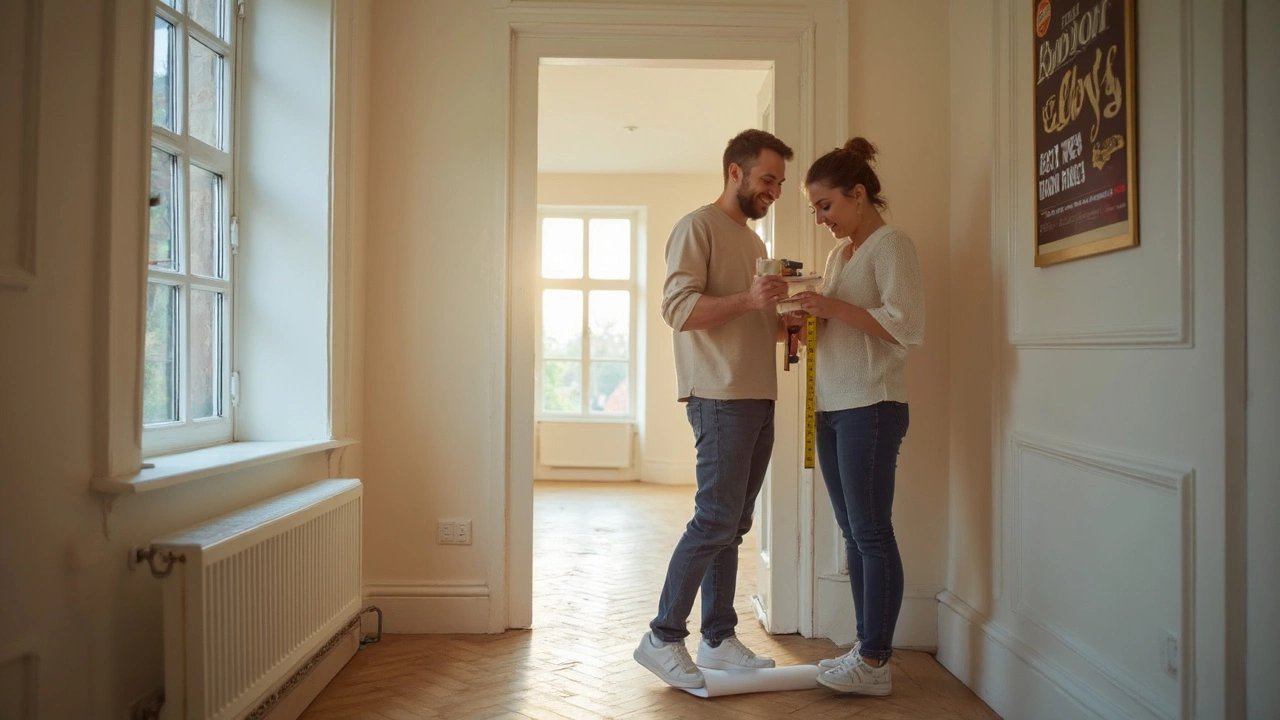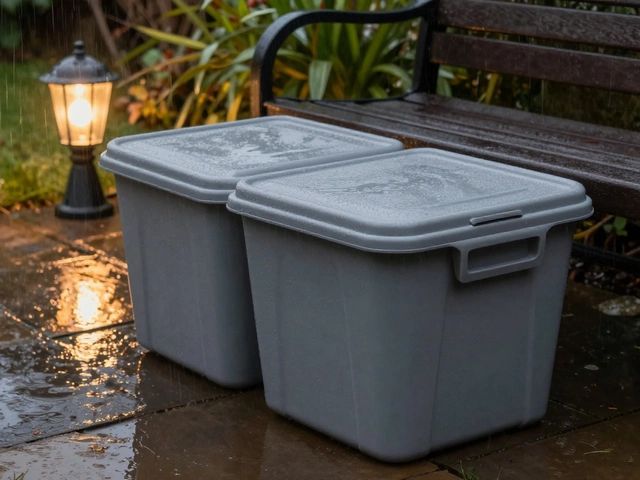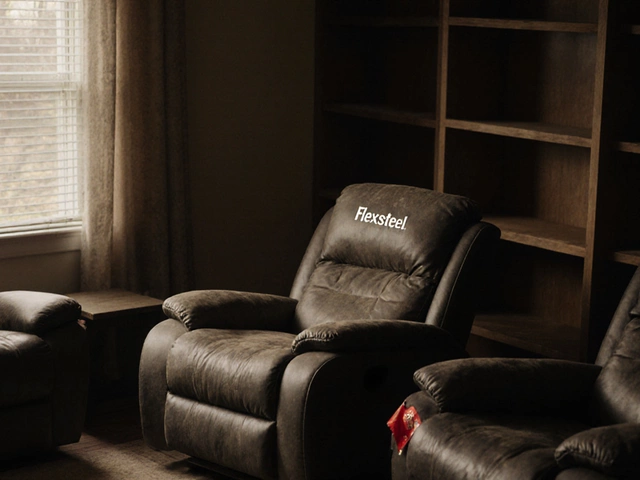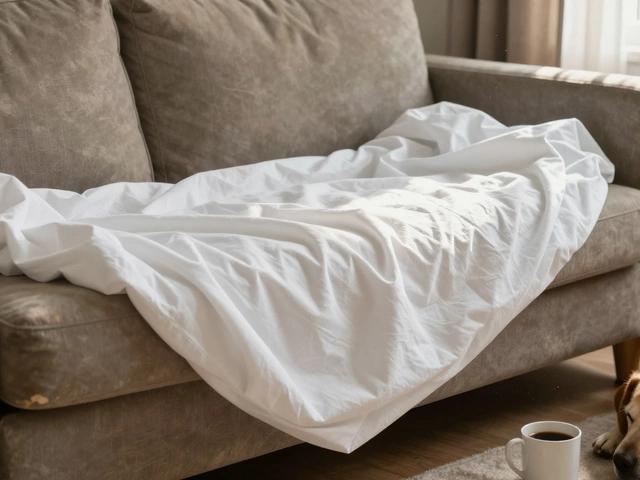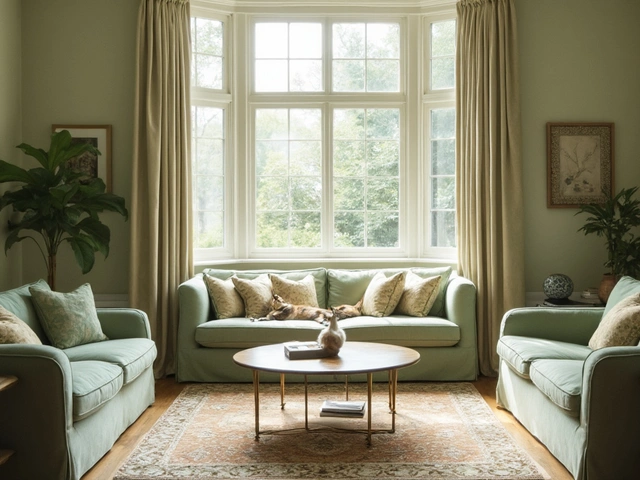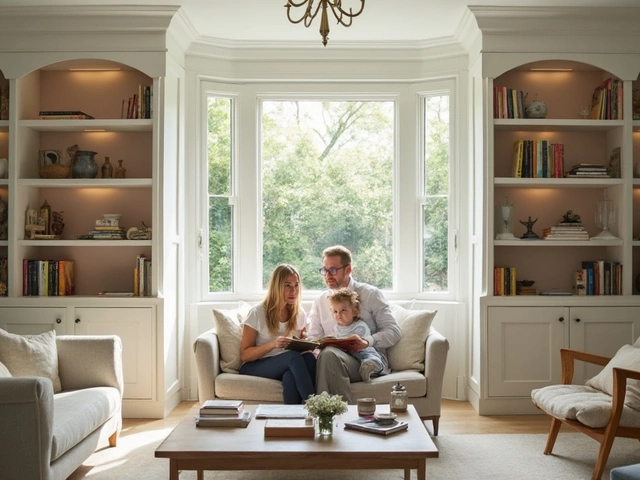Measuring Tips: How to Get Furniture Sizes Right
Buying furniture is easy until it arrives and doesn’t fit. A few minutes of measuring can save you money, hassle, and a truck full of returns. Below are simple steps you can follow right now, no special tools needed.
Know Your Space Before You Buy
First, walk around the room with a tape measure. Write down the length of each wall, the height from floor to ceiling, and the distance between doors and windows. Don’t forget to note any radiators, heating vents, or built‑in shelves that might block a piece.
Next, draw a quick sketch on a piece of paper. Mark the door swing, the window opening, and any traffic paths. This visual helps you see where a desk, sofa, or bookshelf can go without crowding the room.
When you have the numbers, add a little breathing room. For a sofa, leave at least 30 cm (12 in) of clearance on each side so people can walk around. For a desk, make sure there’s at least 80 cm (31 in) of clear space behind the chair for easy movement.
Measuring Specific Furniture Types
Desks and tables. Measure the width, depth, and height. Height matters most for ergonomics – the top should be around 71‑76 cm (28‑30 in) for a standard desk. If you’re buying a standing desk, check the range of heights it can adjust to.
Chairs. Sit on the chair and measure the seat height from the floor – usually 44‑48 cm (17‑19 in). Then check the backrest height if you need extra support. For classroom chairs, also note the space needed for the legs to swing out without hitting desks.
Sofas and couches. Measure the overall length, depth, and seat height. If the sofa has a chaise or corner shape, add the extra length of the arm or leg. Compare these figures with the clearances you wrote down earlier.
Storage units. Look at the opening width and height. Ensure the door or drawer can open fully without hitting a wall. For tall bookshelves, check the ceiling height and consider a few centimeters of wiggle room.
One trick that works for any piece is to use a piece of cardboard cut to the exact size of the furniture’s footprint. Place it on the floor where you plan to put the item. If the cardboard fits comfortably, the real piece will too.
Finally, double‑check everything before you click “Add to cart.” Compare the product dimensions listed on the page with the numbers you recorded. If something looks off, ask the seller for clarification.
Measuring might feel like an extra step, but it’s the easiest way to avoid a furniture fiasco. Take a few minutes now, and you’ll enjoy a room that feels just right, without the stress of returns or rearrangements.
